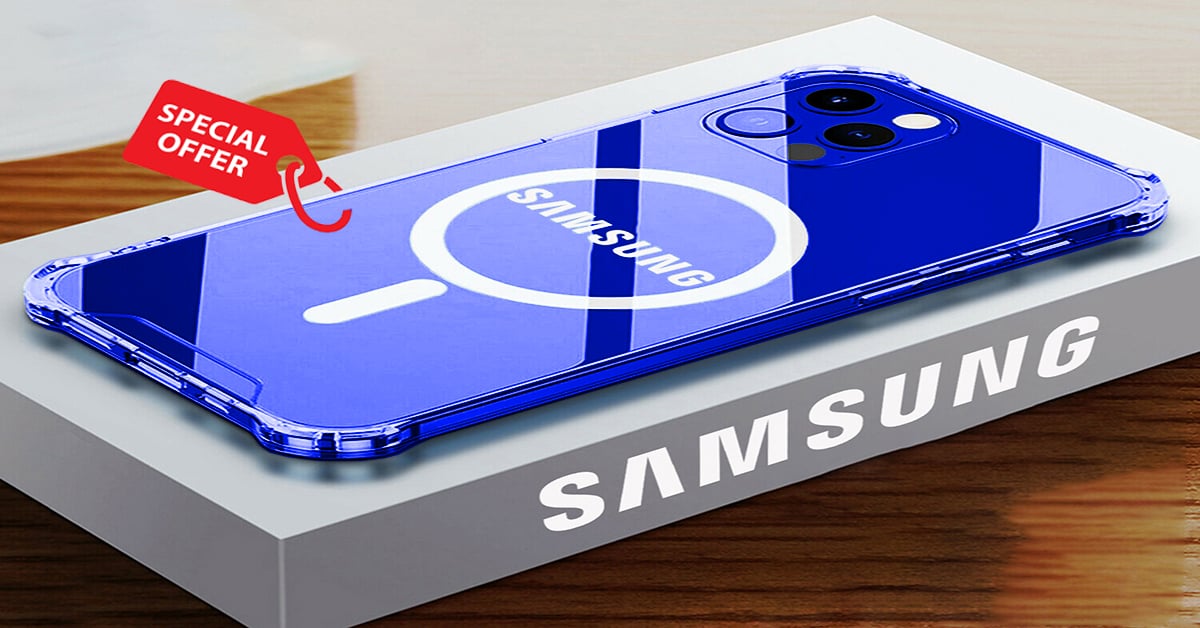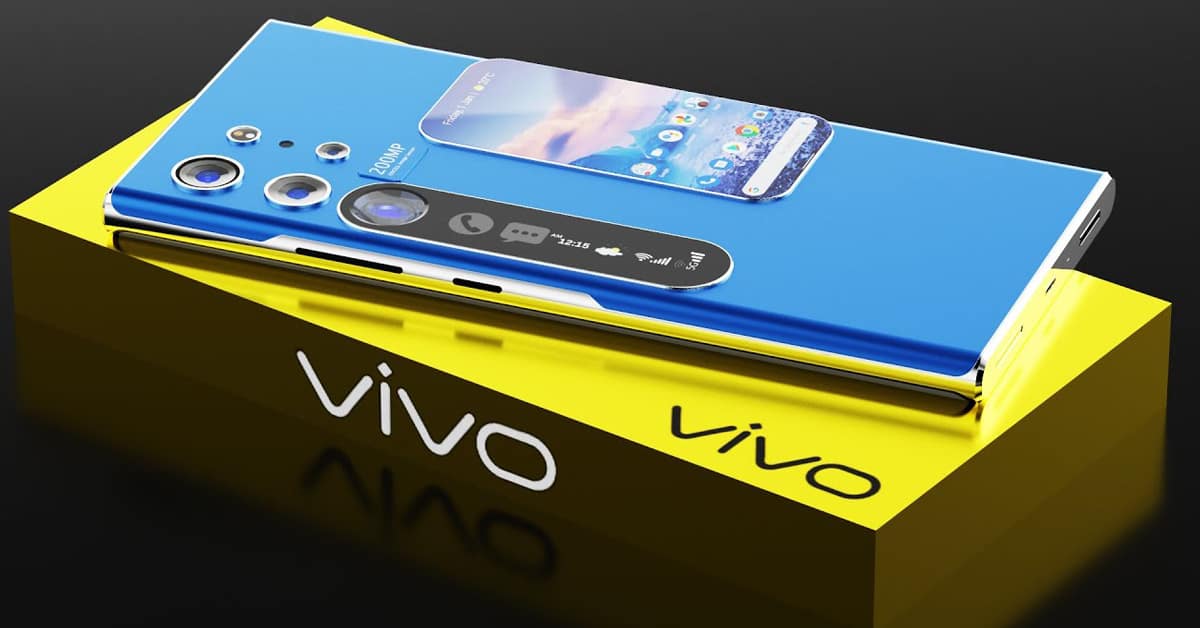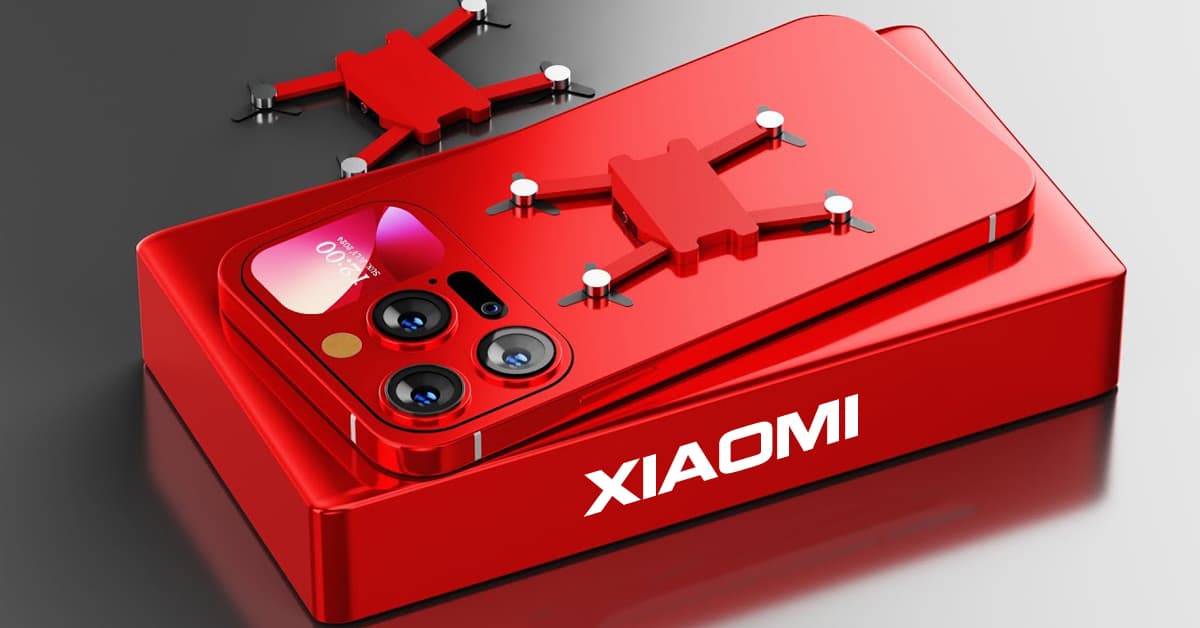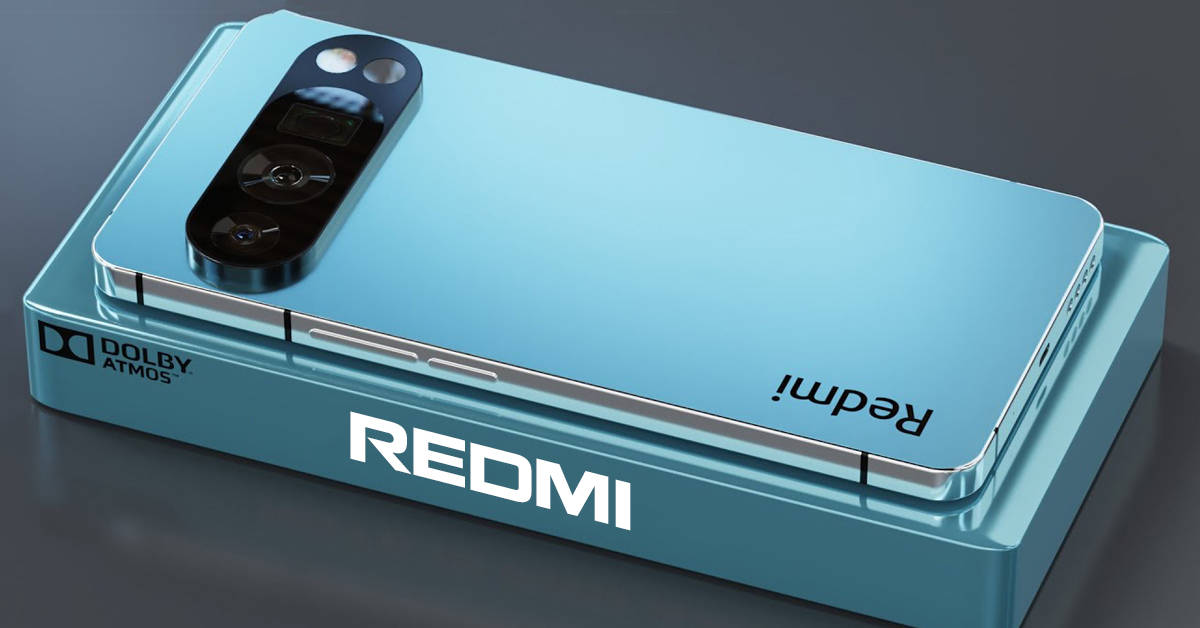Phone Comparisons: Samsung Galaxy S23+ vs. Samsung Galaxy S22+
The Samsung Galaxy S23+ is one of the company’s flagship smartphones, which is great compared to the Galaxy S23 and Galaxy S23 Ultra. However, it lives in the shadow of the Galaxy S23 Ultra, and it may not be worth upgrading to. Hence, we will compare the Samsung Galaxy S23+ vs. Samsung Galaxy S22+ to see if it is worth upgrading. These two phones are very similar, with a few key differences. We’ll compare their specifications and features and then discuss their design, display, performance, battery life, cameras, and audio performance.
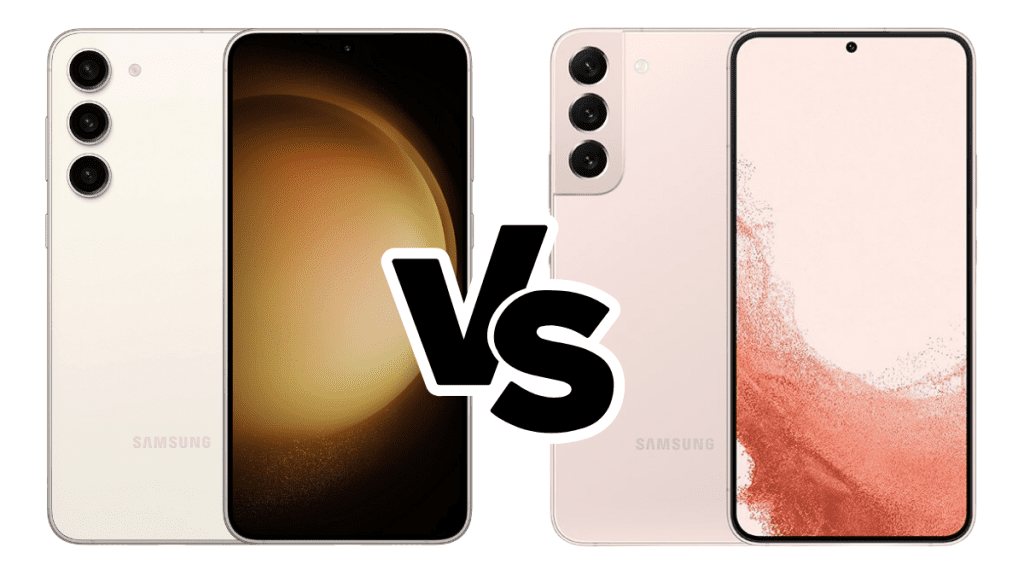
Design
The Galaxy S23+ and Galaxy S22+ are very similar in design – in fact, it would be difficult to tell them apart if not for their camera differences. Both phones have three cameras in the same spot, but the setups on the S23+ look different because the protruding cameras on the S23+ are from the backplate, while the cameras on the S22+ are located on an island that connects to the phone’s frame. The Galaxy S23+ and Galaxy S22+ look almost identical from the front. Both have curved corners, rounded display corners, and thin bezels all around. They both have a display camera hole on top, and the buttons are on the same side.
Both phones are made of aluminum and come with different types of glass on the back. The Galaxy S23+ has Gorilla Glass Victus 2 on the back, while the Galaxy S22+ includes Gorilla Glass Victus+. Both phones have nearly the same height and width and have an IP68 certification. They both weigh 196 grams, and they both feel premium. However, the Galaxy S23+ is technically a bit taller and wider, so if you’re looking for a phone with the same dimensions as the Galaxy S23+, the Galaxy S23+ would be a better option.
Display
The Samsung Galaxy S23+ specs flaunt a 6.6-inch Dynamic AMOLED 2X with a 1080 x 2340 pixels resolution. Meanwhile, the Samsung Galaxy S22+ specs sport the same 6.6-inch Dynamic AMOLED 2X with 1080 x 2340 pixels. This 120Hz panel can display HDR10+ content with a peak brightness of 1,750 nits. The manual brightness slider can also reach up to 1,200 nits of brightness. The Galaxy S23+ has a higher resolution display than the Galaxy S22+, with the same aspect ratio and pixel density.
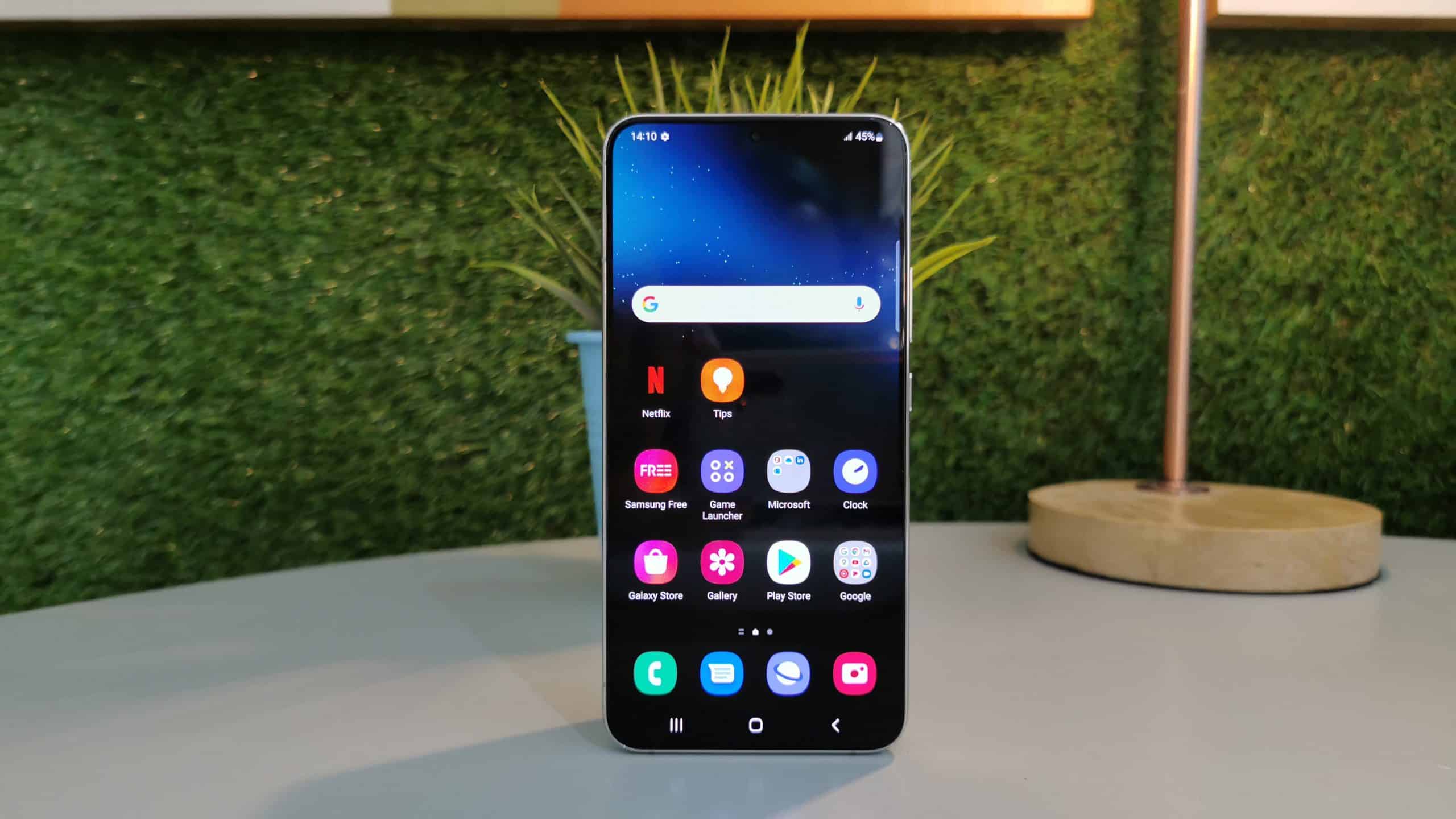
Both displays have a protective coating, but the Galaxy S23+ has Gorilla Glass Victus 2, which is more durable. The displays on these phones look the same, but that’s not bad. They’re both bright and clear, with great viewing angles. The resolution is high enough for fullHD+ displays, the blacks are deep, and the touch response is great. Scrolling is smooth on both screens, and you can customize them. We have no complaints about them at all.
Performance
The Galaxy S23+ has the latest Snapdragon 8 Gen 2 chipset, which is more powerful than the Snapdragon 8 Gen 1 on the Galaxy S22+. It also has 8GB of RAM, which is more than the 4GB of RAM on the Galaxy S22+. Finally, it uses UFS 4.0 flash storage, which is more reliable and faster than the UFS 3.1 on the Galaxy S22+. So, in every way, the Galaxy S23+ is superior. Is it better than the Galaxy S22+? That depends on what you need it for. The Galaxy S22+ and Galaxy S23+ are powerful phones with similar performance.
The Galaxy S23+ has a more powerful processor, better power consumption, and more RAM and storage. Ultimately, we think you’ll be more satisfied with the Galaxy S23+ because it’s more future-proof. We noticed that the Galaxy S23+ performed better than the Galaxy S22+ during intense gaming sessions with graphically-intensive games. It also stayed cooler during strained usage, but the difference wasn’t big. The Galaxy S23+ will stay fluid for longer, though, of course. If you’re looking for an upgrade over the Galaxy S22+, the Galaxy S23+ may be worth considering.
Battery
The S23+ smartphone houses a 4700mAh juice box, whereas the S22+ device carries a 45000mAh battery cell. Consequently, the Galaxy S23+ has a larger battery than the Galaxy S22+, which means it has better power consumption and longer battery life. The Galaxy S23+ offers noticeably better battery life than the Galaxy S23, even though the latter should be able to match it based on its specifications alone.
This is strange, but the Galaxy S23+ is a better choice if you’re looking for long-lasting power. Both phones support the same charging speeds and types. They both come with a 45W wired charging cable and a 15W wireless charging cable. And finally, both phones support 4.5W reverse wireless charging. So, whether you’re using a wired or wireless charging cable, you can charge your phone up quickly and easily.
Cameras
The Samsung Galaxy S23+ cameras sport a triple 50MP primary lens + 10MP telephoto + 12MP ultrawide snapper on the back. Besides, the S23+ smartphone also features a single 12MP front-facing sensor. In the same vein, the Samsung Galaxy S22+ cameras boast a triple 50MP primary lens + 10MP telephoto + 12MP ultrawide shooter at the rear. However, the S22+ handset carries a single 10MP front sensor. The Galaxy S23+ offers better camera performance than the Galaxy S22+.

This is because it has improved HDR and low-light capabilities. These features make photos more vivid and help to capture more details than on the Galaxy S22. However, because both phones produce great photos, users will find little difference in how they look during the day. The Galaxy S23+ offers better selfie camera performance compared to the Galaxy S23. The video recording on the Galaxy S23+ is slightly more stable during harsher shaking, but it’s not worth noting because they’re both good in that regard. The Galaxy S23 Ultra is better overall.
Audio
Both phones come with excellent stereo speakers, with both phones providing loud and detailed sound. The Galaxy S23+ seems to provide a bit clearer sound with a bit more powerful bass, but it’s just a small difference. Ultimately, it’s up to you to decide which phone you prefer.
The Galaxy S23+ and Galaxy S22+ have different types of ports – a Type-C port on the Galaxy S23+ and a Bluetooth port on the Galaxy S22+. If you want to use wired headphones with either phone, you can use the Type-C port on the Galaxy S23+. However, if you want to use Bluetooth headphones with either phone, the Galaxy S23+ supports Bluetooth 5.3, while the Galaxy S22+ supports Bluetooth 5.2.
